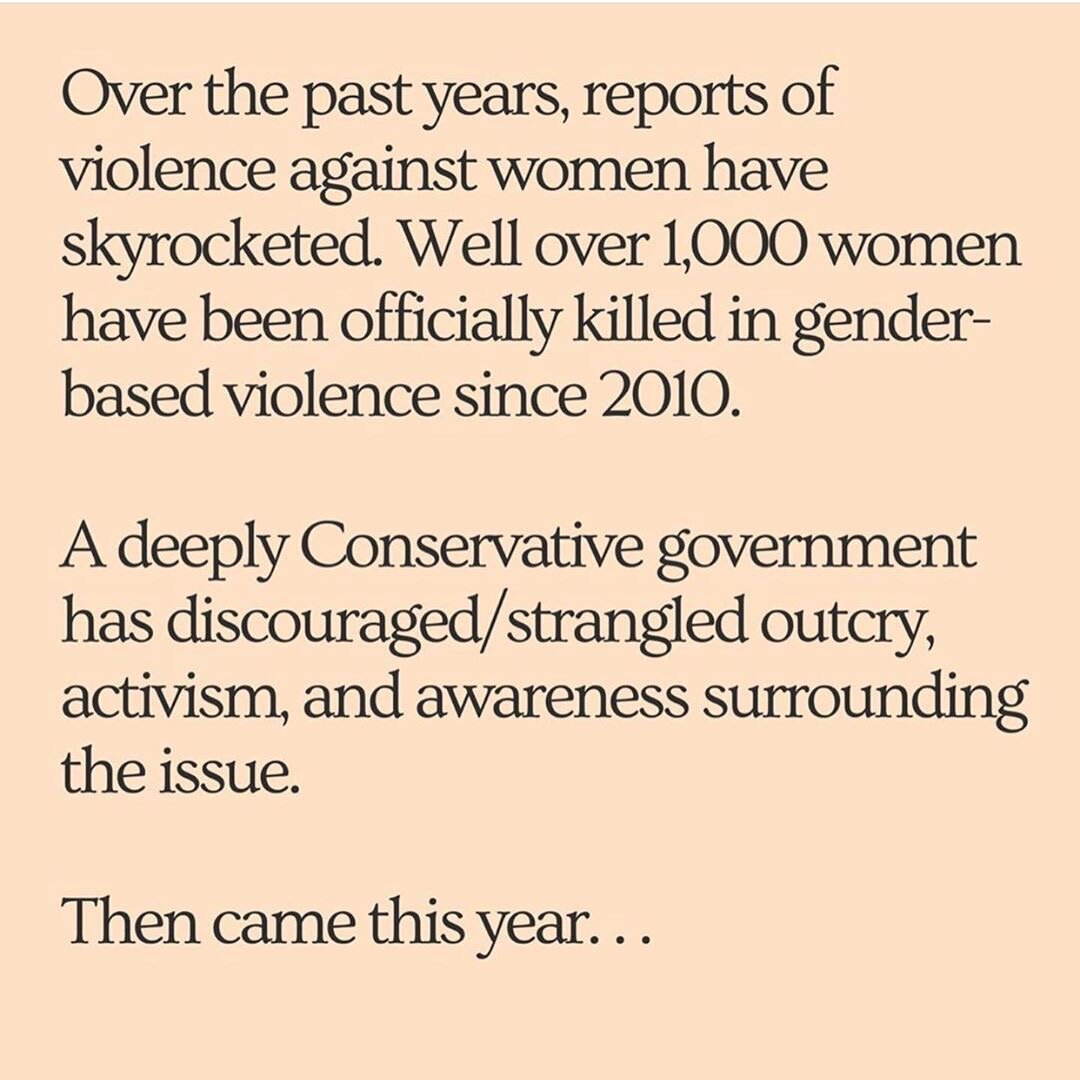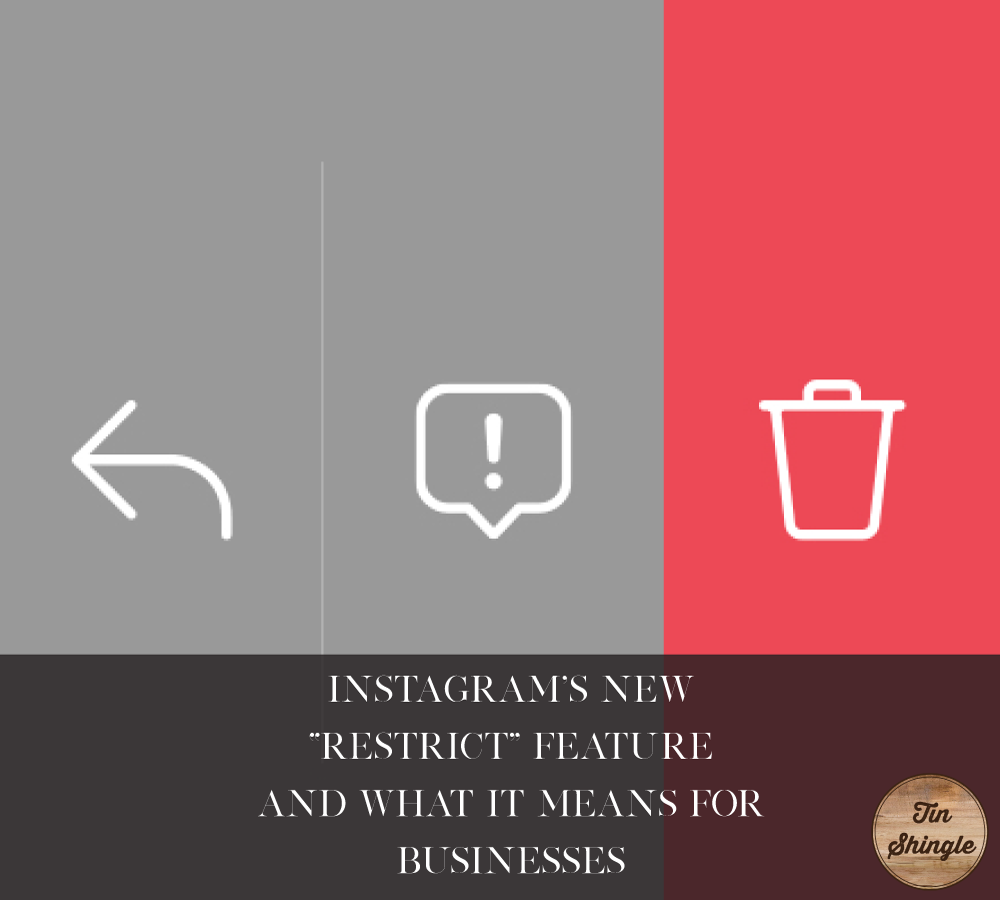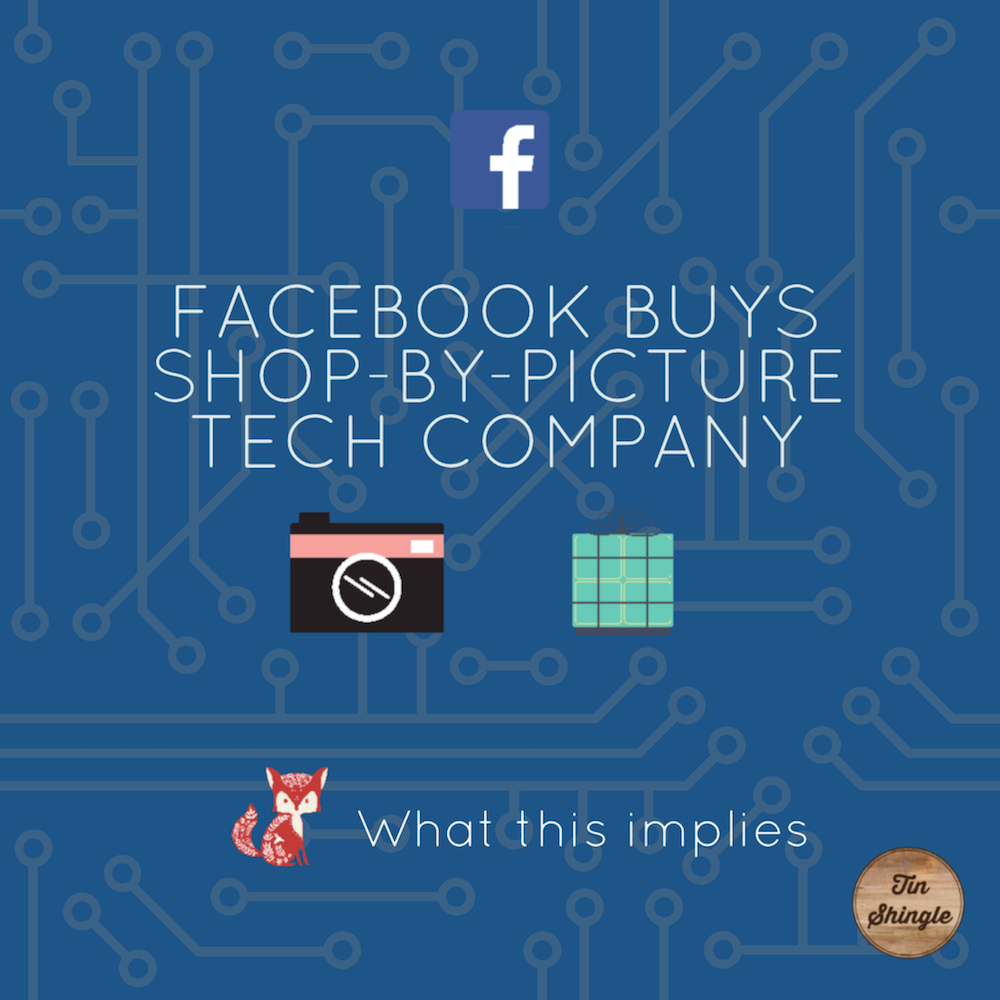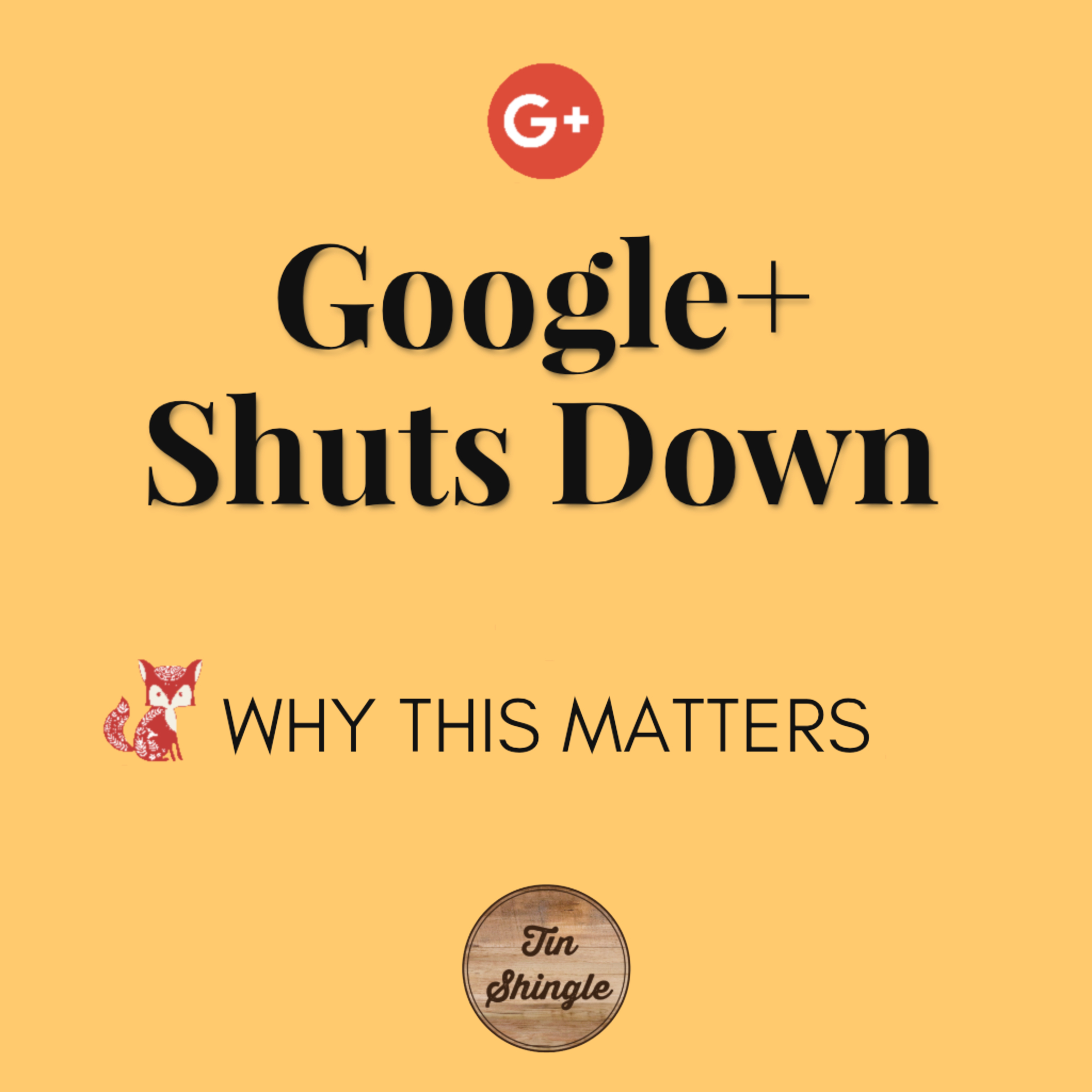What Is Happening…
The #ChallengeAccepted Instagram hashtag trend percolated up a few weeks ago. Beautiful pictures of women you knew were popping up in your feed, with messages of empowerment. Women supporting women. Women nominating women to step into their power. Ok fine. But why now?
As we are quickly learning, trending hashtags need to be looked into before participating, to make sure that one understands them fully before passing them along. Passing along mis-information is so easy right now. The easiest thing is to say nothing - risk nothing - and be silent. That’s not an option you want to take. You are a leader for your people, and they want to hear from you.
The Turkish Angle
A young female reporter from the New York Times first broke the story: Taylor Lorenz. She is a reporter for the Style section and writes about technology, memes, influencers, and online culture. After she traced the trend back to 2016 Brazil, and pointed out that by the time the trend made it to the United States, many women’s black and white selfie’s were posted with sometimes no message or meaning, yet some women were asking the question of “why?” Her article did receive backlash for being critical, which she defended on TMZ. Fellow New York Times travel reporter, Tariro Mzezewa, also defended Taylor’s article.
Taylor credited Imaann Patel’s tweet with explaining the Turkish association, but Imaann’s account at Twitter has since disappeared. Her quote, however, lives on in this Apeshka News article: “Turkish people wake up every day to see a black and white photo of a woman who has been murdered on their Instagram feed, on their newspapers, on their TV screens. The black and white photo challenge started as a way for women to raise their voice. To stand in solidarity with the women we have lost. To show that one day, it could be their picture that is plastered across news outlets with a black and white filter on top. I have seen many of my international friends participate in this challenge without knowing the meaning. While I am aware that there is no ill will, it is important to remind ourselves why posting a picture with a black and white filter is a “challenge” to begin with.”
According to Apeshka News and other media outlets: "Many Turkish women are putting their faith in the Istanbul Convention, a Council of Europe agreement from 2014 on preventing and combating violence against women and domestic violence. The signatory nations committed themselves to creating the requisite conditions for fighting the problem. Turkey ratified the agreement 5 years ago and gave it a legal basis as a law for the prevention of violence against women and the protection of the family."
Fresh efforts by President Recep Tayyip Erdoğan’s ruling party have been made to repeal the Council of Europe treaty, the Istanbul Convention, which protects victims of domestic and gender-based violence and effectively prosecutes offenders, according to Apeksha News and other media outlets.
Gokce Yazar from the Sanliurfa bar association sees patriarchal family structures and cultural customs as the problem. "It is normal for a woman who is threatened by her husband and fears for her life to seek protection from the state. The legal provisions are clear, but even so, they are often told: 'Go back to your husband.'"
On November 25, 2019, some 2,000 women gathered in Istanbul on the International Day for the Elimination of Violence against Women to protest against femicides, among other things, police broke up the rally with tear gas and plastic bullets, according to Apeksha News.
Fidan Ataselim, the general secretary of the campaign group We Will Stop Femicide (this is the English translation of their website), reiterated the intention: “The black and white photo challenge and #challengeaccepted movement did not start in Turkey, but Turkish women sparked the latest round of pictures because we are worried about withdrawing from the Istanbul Convention. Every day, after the death of one of our sisters, we share black and white photographs and keep their memory alive.”
So when Pinar Gültekin was killed "by a jealous ex-boyfriend - who strangled and beat her before killing her, then dumped her in a bin and filled it with concrete when he was unable to burn her body," according to every news outlet, shock waves were sent through Turkey, and the tool of #ChallengeAccepted was revived.
What To Do…
Research.
Take deep dives down people’s Instagram accounts. News media might not have published stories on this yet, so word of mouth may be leading the way. Regular people just like you, but who are experts in their field and are confidently voicing their opinions. Listen to their opinions, but form your own. During Blackout Tuesday, feelings were mixed on if people should post a black square or not. Logically, if you should do something that makes sense for your business, do it. But what to say? And what to show?
Absorb The Message.
Take this opportunity to learn something. This challenge was for women dying in Turkey whose killers are people - men - who they know. The men may be arrested, and are let off with light sentences. If they are arrested at all.
Is Participating Right For Your Brand?
If this is a cause you believe in, then carve out the time to see how your brand will participate. If you are a solo-entrepreneur, this will be an easier debate. If your brand is a company with people working with you, you may want to have a team meeting to discuss their feelings as well, as it can help shape your broader view of the issue. Some people will have dissenting opinions, or have their head safely in the sand. All of this is fine, and you’ll need to decide if showing support for this will strengthen your brand or distract.
What Should You Say And Show?
Ruminate about it, and find your words. In this case, Turkish women need a platform. They need the global spotlight. Their freedoms and respect is way behind ours (in the United States) it seems, so they need our help. We live in a global community now, so showing support for your global sisters is important.
If you can’t find your own words, or don’t trust your style or can’t say something succinctly enough, borrow someone else’s, but give them credit. The slides shown below were first seen on BFF Therapy’s Instagram account (run by Moraya Seeger DeGeare, a therapist based in Beacon, NY). They were used in the sharing of the post, to help explain to follows quickly and easily what they need to know. Credit was given to her in the caption. Original hashtags were used. If the hashtags are in a different language, dig down and find the translation, and keep the hashtags. Don’t ignore them just because you don’t recognize a word. That’s how a social movement gets diluted and erased. For instance, in the most #ChallengeAccepted of July 2020, this hashtag was used: #İstanbulSözleşmesiYaşatır, which means “Enforce the Istanbul Convention”.



















